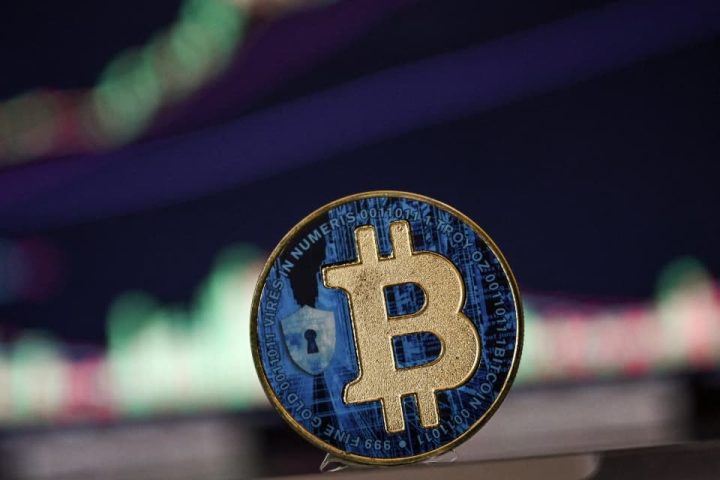By Karin Strohecker and Sumanta Sen
LONDON (Reuters) – A long awaited shift in the U.S. Federal Reserve’s monetary policy arrived in December with major developed central banks delivering just one increase and the number of cuts accelerating further in emerging markets.
December saw eight of the central banks overseeing the 10 most heavily traded currencies hold rate setting meetings, with only Norway hiking rates by 25 bps.
In December, the ECB as well as policy makers in Britain, Japan, Australia, Canada and Switzerland opted to keep benchmarks unchanged at meetings – as did the U.S. Federal Reserve. But the eye-catching dovish pivot at the world’s top central bank took markets by surprise and increased bets that interest rates would come down faster and sooner than previously anticipated. Policy makers in Europe and elsewhere did not echo those expectations, and markets seem at odds with policy makers on the timing.
“A slowing global economy, easing inflation pressures, and cooling labour markets would open the door for rate cuts from major central banks next year,” said Dean Turner, chief eurozone and UK Economist at USB Global Wealth Management, adding that keeping rates at current levels would tighten conditions in real terms.
“Few, if any, central bankers think this is likely to be needed, so rates are more than likely to be lowered in 2024.”
The year-to-date tally for G10 central banks stands at +1,200 bps across 38 hikes, less than half the 2,700 bps of tightening seen in 2022 when 54 moves were recorded, Reuters calculations showed.
Meanwhile, in emerging economies – which have been frontrunning both the tightening and the easing cycle – rate cuts gathered steam.
Five of the Reuters sample of 18 central banks in developing economies cut interest rates – the highest number in at least three years. Policy makers in the Czech Republic kickstarted their easing cycle, while Brazil, Hungary, Colombia and Chile doubled down on their easing efforts. Across the Reuters markets sample, 13 central banks held rate setting meetings in December.
The latest moves take the total annual tally of rate cuts to 945 bps through 18 moves, and compares to 1,765 bps of rate cuts in 2022 across 11 moves. And there was more to come, said analysts.
“The Fed’s dovish pivot has boosted EM risk sentiment and provides EM central banks with more space for easing,” said Christian Keller, head of economics research at Barclays.
However, both Russia and Turkey who face continued pressure on their currencies and stubbornly high inflation, were still in hiking mode, tightening by 350 bps between them.
In total since the start of the year, emerging market central banks have tightened by 5,075 bps – which compares to rate hikes to the tune of 7,425 bps in the full year of 2022.
Read the full article here







